Free Tropical Runtz seeds on orders over $150!
Molybdenum deficiency in cannabis is a strange problem to face. On one hand, cannabis plants only need slight amounts of this nutrient, however, a lack of can really impact plant growth.
Molybdenum is a micronutrient required in the smallest quantities for your cannabis plants. Molybdenum is necessary for cannabis because it is a component of two crucial enzyme systems that convert nitrate to ammonium. Also, Molybdenum is primarily active in the plant’s roots and seeds.
Molybdenum deficiency in cannabis is uncommon and can be identified by the leaves of your cannabis plants turning pink or reddish-orange. Plant growth is hindered by molybdenum deficiency when the plant cannot absorb enough of this critical mineral from its growing media.
Molybdenum deficiency cannabis is considered one of the toughest to diagnose correctly. Most newbies and experienced growers usually have a hard time identifying this deficiency. However, if molybdenum deficiency affects your cannabis plants, it might be the end. Too much Molybdenum causes the leaves to turn brown and dark green. Also, excess of this nutrient can cause the development of iron deficiency in your cannabis plants.
If somehow the pH at the roots is too low, your cannabis plant may show signs of molybdenum shortage, even if Molybdenum is present. That is because your root zone’s pH is incorrect; thus, your cannabis will not be able to absorb Molybdenum effectively through its roots.
Below are some of the most prevalent symptoms of cannabis that lacks Molybdenum:
The leaves may become mottled or speckled if they lack Molybdenum. The emergence of a distinct orange, red, or pink color around the margins of the leaves that develop into the middle of the leaf is an indication of a molybdenum deficiency. The color sometimes emerges in the middle of the leaves rather than on the borders.
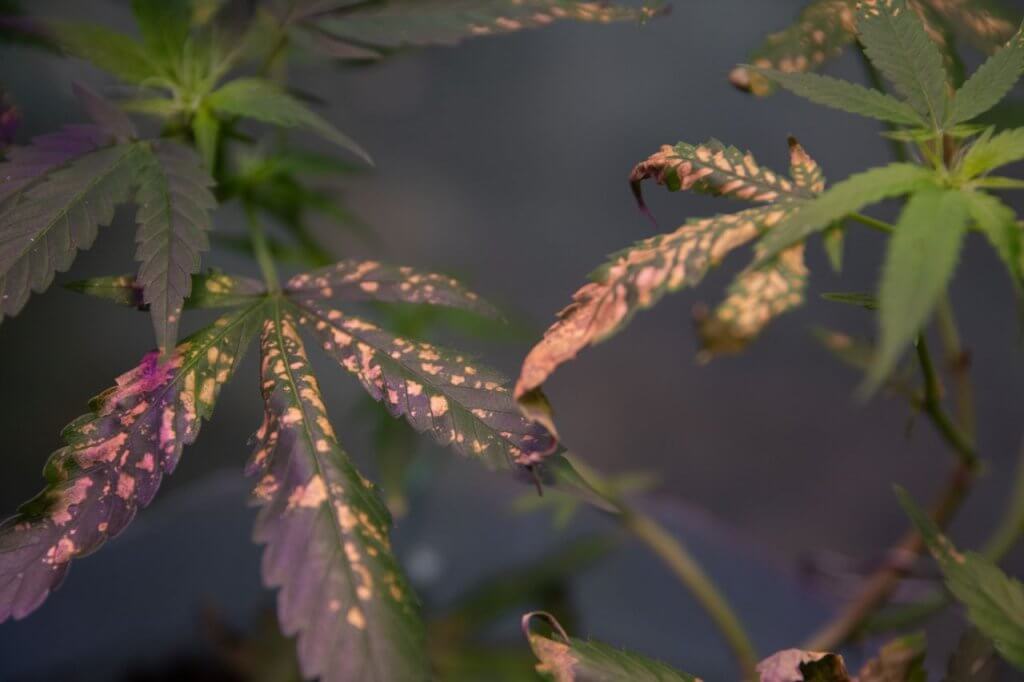
In lower pH levels, Molybdenum tends to be locked out of cannabis plants. If the pH at the roots is too low, your cannabis plant may display signs of molybdenum deficiency, even if Molybdenum is present.
One of the signs of molybdenum deficiency in cannabis is abnormal growth. With cannabis molybdenum deficiency, the leaves will start to have abnormal growth. It can impair the cannabis plant’s health and lower yields if left untreated.
The pH level, like other deficits, can create a molybdenum deficiency. If the pH near the roots is low, your plant is more likely to have difficulty absorbing Molybdenum. As a result, it is critical to keep an eye on or correct the pH of the soil closest to your cannabis plants’ roots. Due to nutrient lockout, a molybdenum deficiency can occur if the pH of the nutritional solution is supplied too low. When the PH falls below a particular level, molybdenum lockout occurs. As a result, the growth medium for the roots becomes acidic. This prevents your plants from absorbing Molybdenum.
Using a soil-based system, the pH level should be between 6.0 and 7.0 for the best molybdenum absorption. Most gardeners will even avoid pH levels below 6.5 if they suspect a deficiency of Molybdenum. If you are growing plants in hydroponics, keep the pH between 5.5 and 6.5.
If you delay correcting molybdenum deficiency for any reason, anticipate irreparable damage to your cannabis plant. It is critical to respond quickly if you notice any indicators of molybdenum deficiency on your cannabis plant. You can avoid molybdenum deficiency cannabis by using a Cannabis Booster or a foliar spray of water-soluble nutrients. Make a mixture of hydroponic micronutrients that may be delivered via the soil or straight to the plant with a foliar spray to ensure your plants are not over-fertilized. You can also minimize a molybdenum deficiency by paying attention to the sulfur and phosphorous levels of your food, as these are frequently linked to a lack of Molybdenum.
A thorough flush of the media with purified 6.0pH water is the greatest therapy for molybdenum deficiency and most cannabis disorders. When mixing in nutrients that function well with cannabis and include Molybdenum, flush the overall system with the freshwater of the desired pH level to reinstate the pH to the ideal point. This should be sufficient to balance the scales and eradicate any nutrient salts preventing your plant’s roots from absorbing Molybdenum.
It is not unusual for people to mistakenly believe that a molybdenum deficiency equals a nitrogen deficiency. The best approach to differentiate between the two is to pay attention to where the problem begins. However, Molybdenum affects the pot plant at the middle and then travels up, thus making it incredibly mobile, whereas nitrogen starts at the bottom. On the other side, too much Molybdenum in your cannabis plant could be misinterpreted as a deficiency of iron or copper.
The best strategy to avoid problems afterward, like with the majority of micronutrient deficiencies, is to buy quality substrates and nutrients from the start. It is best to use cannabis-specific growing media and fertilizers. Furthermore, as a grower, you must assume responsibility for maintaining a healthy root zone at all times. Throughout the cannabis lifecycle, pH must be carefully monitored and adjusted. Get a pH pen or nutrients that are pH-balanced. In any case, keep feeding under control.
If you can, you can keep your cannabis from becoming deficient in Molybdenum. And the majority of other nutrient deficiencies. Caring for a plant, particularly cannabis, may necessitate a significant investment of time, effort, and money. Still, these are only the first steps toward reaping the benefits of your labor later on.
Molybdenum deficiency isn’t the only nutrient issue you may encounter – learn more about cannabis deficiencies to become a master grower.
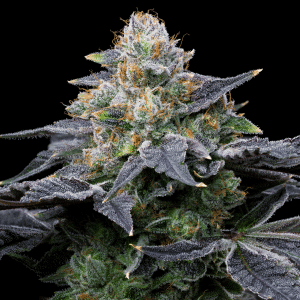
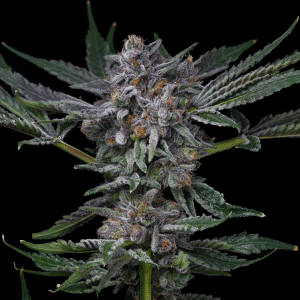
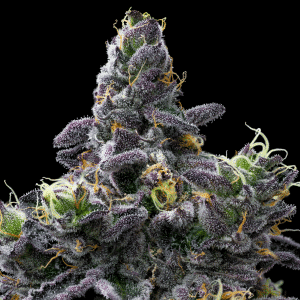
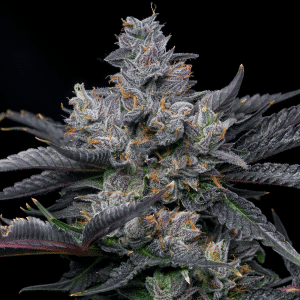
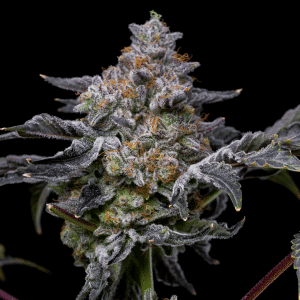
Offers
This product is not for use by or sale to persons under the age of 18. This product should be used only as directed on the label. It should not be used if you are pregnant or nursing. Consult with a physician before use if you have a serious medical condition or use prescription medications. A doctor’s advice should be sought before using any hemp products. All trademarks and copyrights are property of their respective owners and not affiliated with nor do they endorse this product. These statements have not been evaluated by the FDA. This product is not intended to diagnose, treat, cure or prevent any disease. By using this site you agree to follow the Privacy Policy and all Terms & Conditions printed on this site. All products contain less than 0.3% Cannabinoid-compliant with applicable Federal Laws. Please make yourself aware of any and all applicable laws regarding hemp in your jurisdiction. Premium Cultivars accepts no liability or responsibility regarding germination laws in any specific locale state or national jurisdictions.THCA products are not available for shipment to the following states: Hawaii, Idaho, Minnesota, Oregon, Rhode Island, Utah, Vermont *Note: Products with Total THC content above 0.3% must not be shipped to these states.
We want to help you get your hands on the seeds you want, take 20% off your next purchase when you enter your email below!
We want to help you get your hands on the seeds you want, take 20% off your next purchase when you enter your email below!